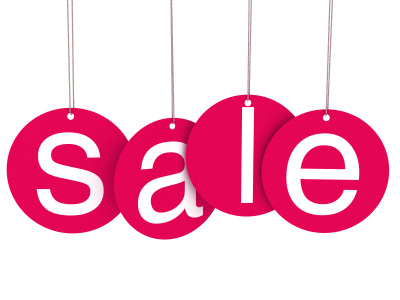Not staying in contact with customers and prospects regularly deprives you of valuable relationship-building opportunities, and of course, opportunities to do business. Conducting consistent customer follow-ups is one of the main activities that you should be engaging in to not only establish working relationships but also produce more sales.
Keeping in constant contact with your prospects and customers is the main activity involved in following-up.
Why Spend some time conducting Follow-ups?
In a study recently conducted by a certain publishing company, less than one in ten prospective clients or customers decide to buy on the first contact. Moreover, according to the study conducted by the same company, the Thomas Publishing Company, eighty percent of sales are only closed upon the fifth contact with a potential client. Another surprising statistic is that nine out of ten sales people give up on the customer after the third try.
Likewise, keeping in constant communication with existing customers will not only result to an increase in sales, but will also open other selling opportunities like cross-selling other products and services. Following up also increases the likelihood that you will get valuable referrals from these customers.
And the great news for you and your business is that very companies follow-up with their customer base.
The Best Way of Following Up
The approaches to following up actually depends on your own style of doing business. Not only that, it also depends on your prospect’s preferences. Furthermore, the time of the year or the step where the customer is on the sales cycle also determine the best follow-up approach. Usually though, follow-ups are done through email, phone calls, fax, and post.
Whatever the case may be, rather than only going after that most-sought-for-sale, you should always consider any valuable information that you can share with your contacts. As a way of giving thanks to their time and accommodation, you can share with them tip sheets, business reports, thank you cards, some news items they might show interest in, and also a regular company newsletter.
How Often Should You Follow Up?
It actually depends on you; but as a general rule of thumb, you can conduct follow-up phone calls, emails, posts, or fax at least once every month. Doing any more than that might put you on the customer’s list of annoying people to avoid. Doing any less might also take you to the other end of the spectrum: being forgotten.
The Relationship Between Following Up and Sales
With the use of appropriate methods and timing, you will find that you will get to convert more prospective customers into existing ones. Likewise, these existing customers can turn into repeat clients; and ultimately, these repeat customers can also bring in some referrals.
Here are some more surprising statistics. Here’s another example of a study on following up. This time it was a study done by Performark, a research company based in the USA.
Performark pointed out in their study that out of ten thousand advertising inquiries, twenty two percent of enquirers never got the information that they requested. Moreover, about fifty seven percent only received the requested information after sixty five days. More importantly, eighty seven percent of enquirers were never contacted by a company representative.
Quite surprising statistics indeed!









